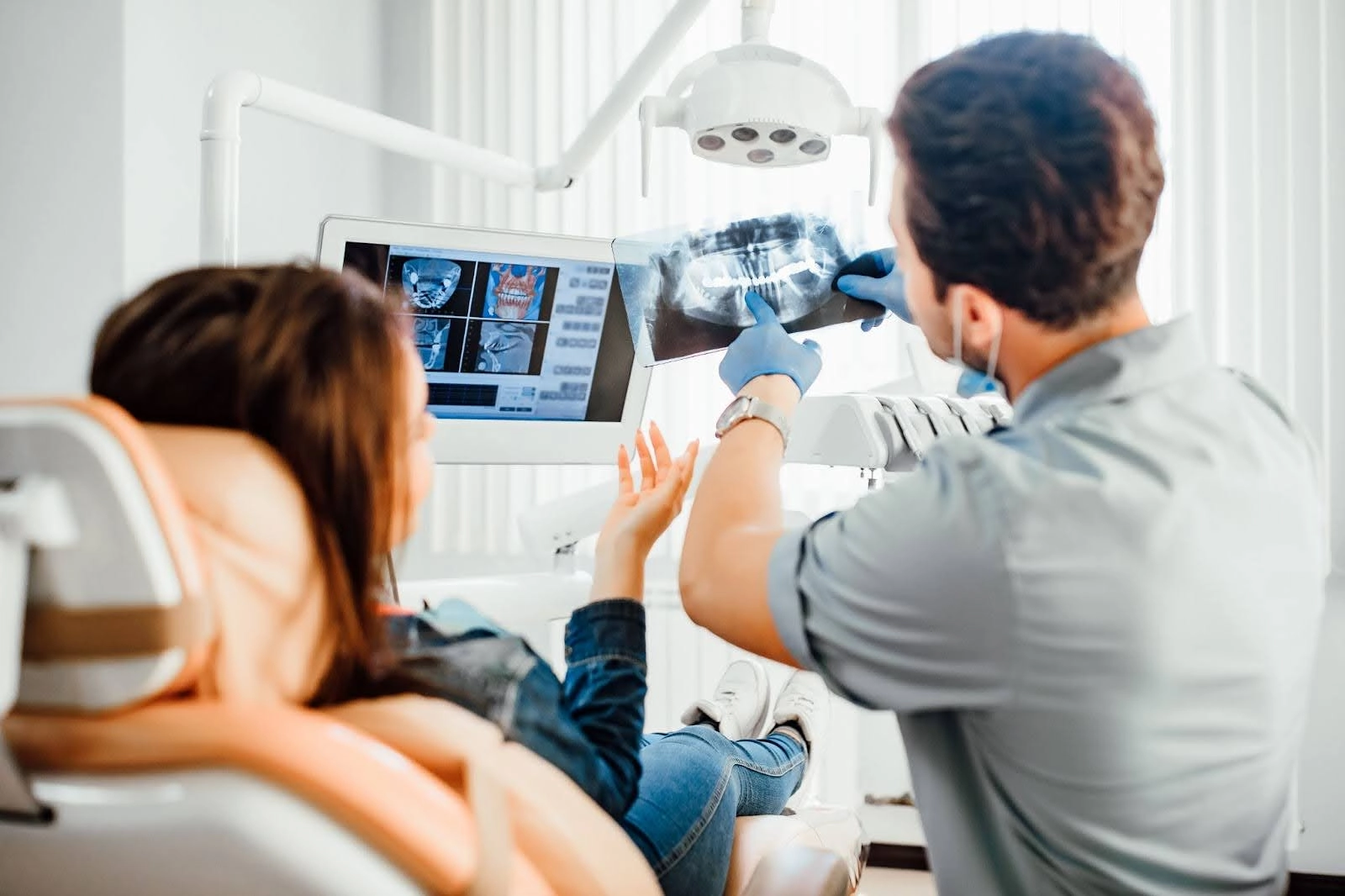As more dental practices adopt intraoral scanners and digital workflows, the next challenge becomes clear: measuring return on investment (ROI). While digital dentistry brings improvements in accuracy, efficiency, and patient satisfaction, it is important for practices to quantify those benefits.
Digital tools can reshape everything from chair time to lab coordination. But the full impact is only realized when practices actively track performance and outcomes tied to their investment.
For practices working with a partner like Incisive Dental, where there is no upfront scanner cost, every efficiency gain and time savings contributes directly to profitability. Whether you are evaluating a free scanner program or investing in digital upgrades, these five key metrics can help you measure your ROI.
1. Chair Time Saved per Procedure
One of the most immediate benefits of digital dentistry is faster appointments. By replacing traditional impressions with intraoral scans, practices often save 5–10 minutes per restorative case. Multiply that by your weekly volume, and the savings quickly add up to extra patients per day or week.
This metric directly affects production and scheduling flexibility, especially in high-volume practices. It can also reduce staff fatigue and improve patient satisfaction by minimizing time spent in the chair.
2. Remake and Adjustment Rate
Remakes and chairside adjustments are costly—not just in lab fees, but in lost time and trust. Digital impressions offer higher accuracy and consistency, leading to fewer ill-fitting restorations.
Track how many restorations required remakes or chairside modifications before and after adopting scanning. Lower remake rates = stronger ROI. This also strengthens clinical confidence and improves consistency across providers in the practice.
3. Increase in Accepted Treatment Plans
Scanners support case acceptance through visual diagnostics and patient education. Tools like alignment simulation, occlusal heat maps, digital wax-ups, OrthoSimulator, and Smile Design make it easier for patients to understand the need for care.
Practices that integrate scans into consultations often see a measurable bump in treatment acceptance, especially for elective or multi-unit procedures. The ability to show patients a before-and-after simulation or the progression of wear builds urgency and trust in the recommended treatment plan.
4. Revenue from Scanner-Enabled Services
Many clinical services can technically be delivered without a scanner, but digital workflows make them easier, faster, and more consistent to produce. One of the most overlooked sources of ROI is the strategic use of wellness scans. These are non-billable tools, but they drive long-term patient value by surfacing treatment needs earlier and improving communication.
With a scanner in place, practices can streamline:
- Occlusal guards and sleep appliances with faster turnaround and simplified fitting
- Digital dentures and Valplast partials with more accurate remakes and fewer appointments
- Clear aligner workflows supported by visual simulations and progress tracking
- Wellness scans during hygiene visits that show changes in wear, mobility, or recession over time
These tools help generate patient awareness, build trust, and support proactive care. By incorporating scan reviews into hygiene or consultation visits, practices can increase case acceptance and encourage timely treatment decisions.
Track the revenue associated with cases that originate from digital scan reviews. Over time, even modest increases in appliance volume or elective treatment can add up to a significant return on your digital investment.
5. Lab Communication Efficiency
Digital labs eliminate the back-and-forth of analog workflows. With digital submissions, integrated shade guides, and faster revision handling, cases move quickly—and with fewer errors.
Monitor turnaround time, case clarity, and revision rates. If your lab is part of a flexible network (like Incisive’s), even better—having the right partner improves both quality and ROI. Faster lab communication reduces bottlenecks, increases predictability, and lowers the number of staff hours spent managing logistics.
How to Track ROI in Your Practice
Start by setting baseline metrics using a simple internal spreadsheet or your existing practice management software. Identify key performance areas—like average treatment acceptance rate, weekly chair time per provider, and total lab remakes—then monitor them monthly.
From there, isolate changes tied to digital adoption. Did new services generate net new revenue? Did hygiene efficiency improve when wellness scans were introduced? Which procedures now require fewer visits?
Practices that track and refine based on this data see better outcomes—and more predictable growth.
Build a Data-Backed Digital Workflow
Intraoral scanners do more than replace goop. They unlock a new layer of efficiency and growth. But that value becomes most visible when practices track the right metrics.
If your goal is to scale patient care, add services, or improve margins, start by measuring what matters. And with Incisive’s Free Scanner Program, the ROI starts at zero. Every gain is net positive. No capital expense. No payback timeline. Just smarter workflows and measurable growth.
[Schedule a Call] to see how our scanner program and lab network can support smarter digital adoption.



